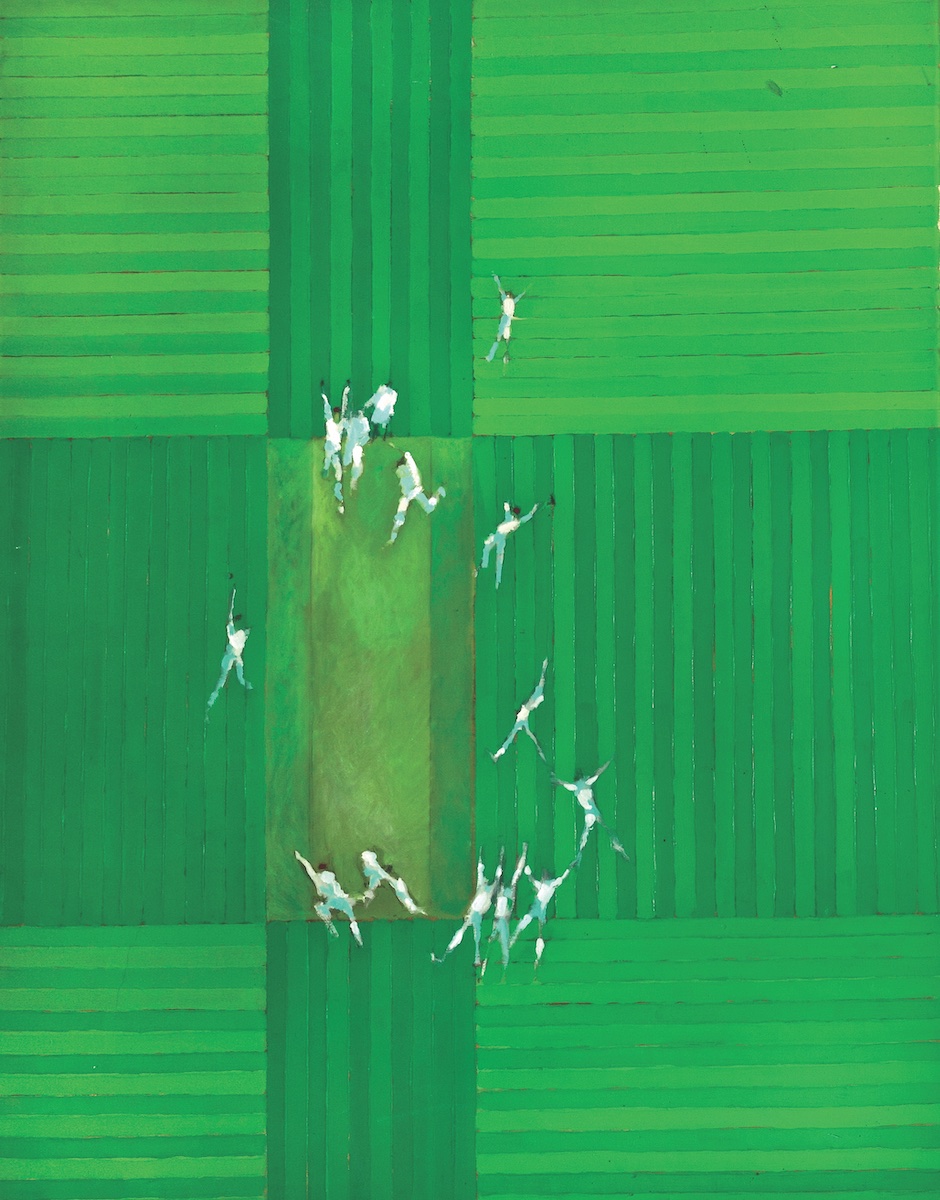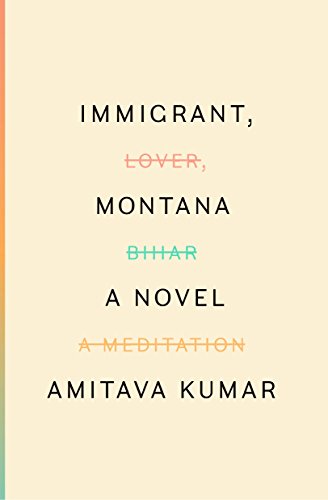
Amitava Kumar

I WAS EIGHT THAT YEAR. The Indian cricket team won an unlikely victory against the West Indies during their Caribbean tour in 1971. I discovered this from the color photographs in the Illustrated Weekly of India—a young Sunil Gavaskar, his sleeves rolled up, holding his bat aloft after stylishly driving through the covers. The red cricket ball shone like a cherry on the lush green outfield. The whites worn by the cricketers, the wooden bats with their straight lines and subtle curves, the dark borders on Gavaskar’s sweater. I cut out those pictures and made my first scrapbook. Which is 
The one activity that was perhaps the most stable part of my identity that first semester was the seminar I was taking with Ehsaan Ali. His class Colonial Encounters was held on Friday afternoons. The seminar participants required his special permission to join. I had heard that he brought red wine each week to his classes and you sat around discussing the day’s readings while sipping wine from small plastic cups. When the semester began, I went to Ehsaan’s office in Philosophy Hall to get his signature. Third floor, after the set of dual radiators, next to the notice board 
On the morning of June 9, 2012, Avtar Singh called 911 in Selma, California, to say that he had killed his family and was about to turn the gun on himself. When the police reached his house, they sent in a robot equipped with a camera. The feed from the robot showed Singh lying dead in the living room. His wife and two sons were also dead; a third son, the eldest, was still breathing, but he died from his wounds five days later. Each person had been shot in the head. Long before college students on American or British campuses began signing up for courses in postcolonial literature, there were people from the colonies present in the imperial cities. In London Calling (2003), Sukhdev Sandhu writes that in 1900, during the “heyday of an empire often assumed to have been a foreign affair . . . black and Asian people were common sights in London: peddling religious tracts in White-chapel; walking, law books in hand, to the Inns of Court where they were students; operating on sick patients at teaching hospitals; collecting fares on the city’s omnibuses; performing as nigger minstrels 
The speakers at the Conference of Negro-African Writers and Artists, held in Paris in September 1956, included Richard Wright, Alioune Diop, Léopold Senghor, and Aimé Césaire. James Baldwin was also there, albeit as a journalist. He was taking notes for a report that would be published in Encounter magazine. In this essay, Baldwin noted that the conference, in gathering African and African American writers together, raised a question: “Is it possible to describe as a culture what may simply be, after all, a history of oppression?” Close at the heels of this query came another: “What, beyond the fact that 
Early in his remarkable How to Get Filthy Rich in Rising Asia (2013), Mohsin Hamid advanced an idea familiar to readers of nineteenth-century fiction: Novels should teach readers how to dress, address a member of the opposite sex, and elevate one’s standing in society. In other words, the novel could function not only as entertainment but also as self-help. Things haven’t changed too much. We still read to improve ourselves. But there’s one significant difference: Where the imagined reader of earlier times might have read books in order to learn how to behave in a civilized way, we now read